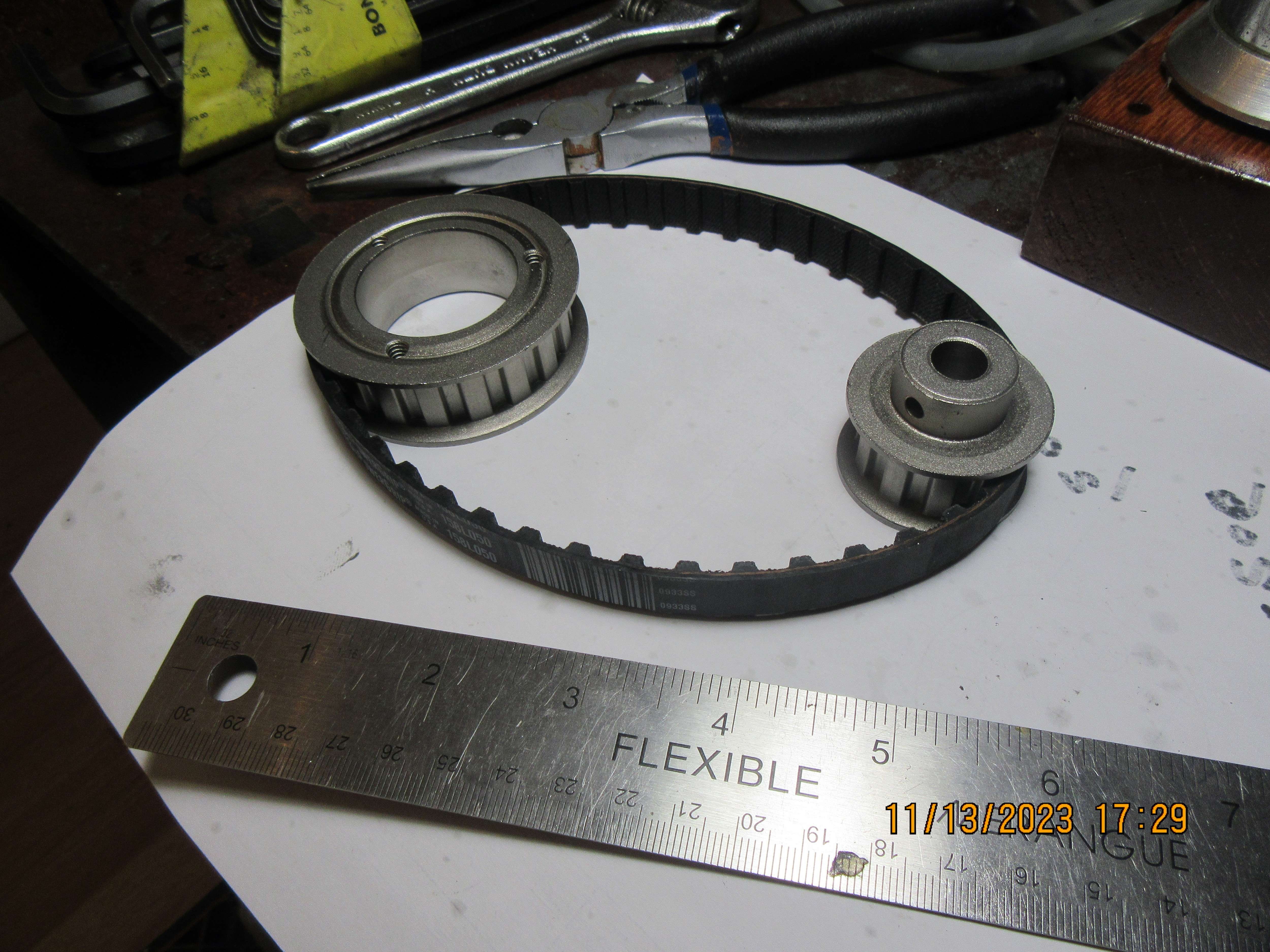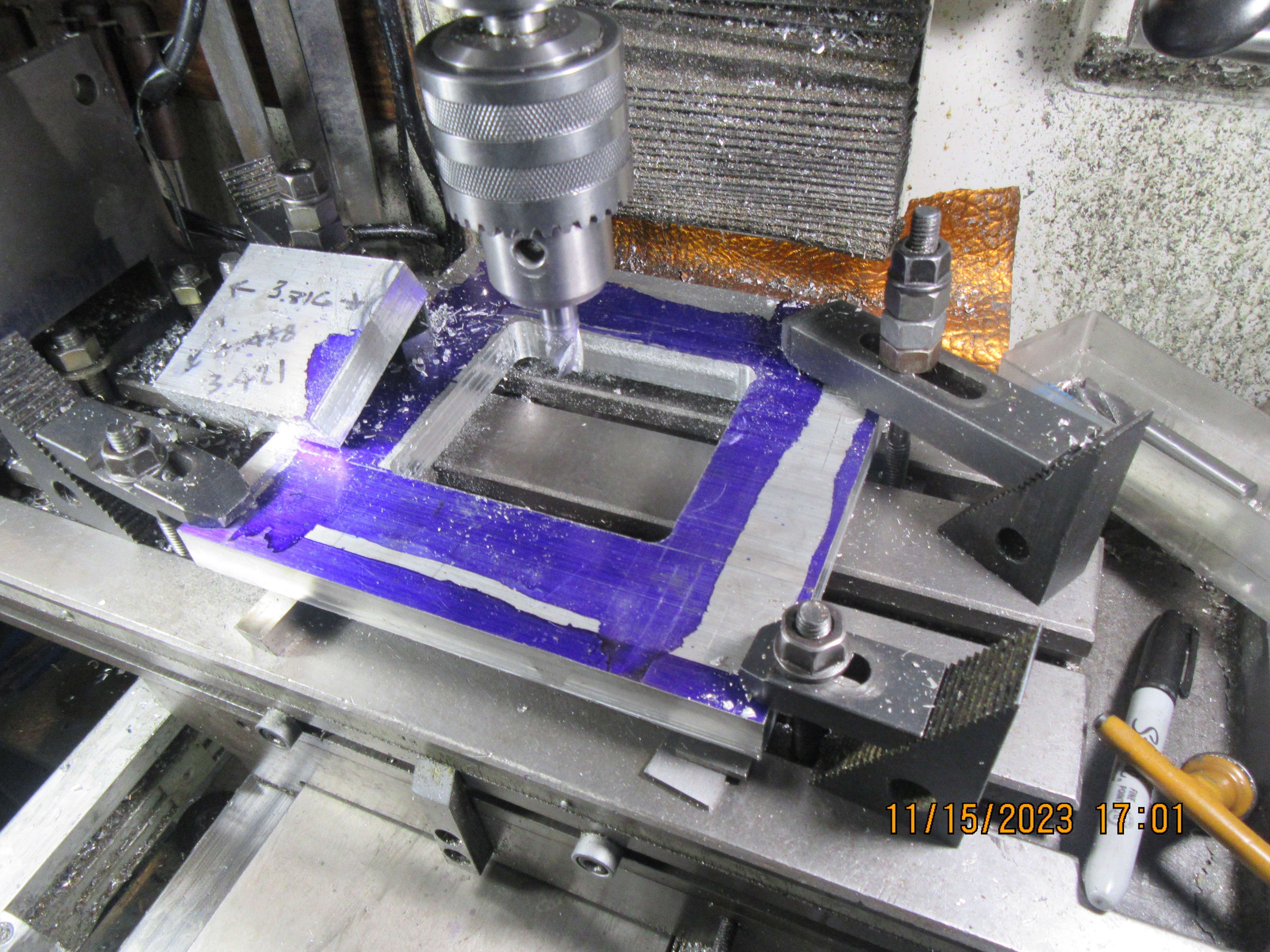- Joined
- Jun 24, 2010
- Messages
- 2,458
- Reaction score
- 975
The typical RC starters use variations of a heavier gage copper bar bent at a shape so that when the rubber cover 'trigger' is squeezed it makes contact. For reference the Sullivan specs are: S601 – Deluxe Hi-Tork Starter 12 Volts with a maximum of 80 Amps. 210 in-oz of torque. 5500 no load RPM. For all engines up to .60 cubic inches and most to 1.20 cubic inches. It also includes an aluminum pulley grove drive cone. You can find these used for near giveaway prices as RC are migrating from nitro to electrics or out of RC altogether. BTW the groove in the pulley has been used for a belt system on heli's & boats & cars for eons.
The 4:1 planetary gear starter I recently bought runs on 4S lipo (14.4v). I can't recall the current I measured but I want to say ~5A static. As received the trigger was not turning off reliably, so I opened it up. Appears to be the same copper bar concept. Once I adjusted the bend / action it performed correctly now.
The 4:1 planetary gear starter I recently bought runs on 4S lipo (14.4v). I can't recall the current I measured but I want to say ~5A static. As received the trigger was not turning off reliably, so I opened it up. Appears to be the same copper bar concept. Once I adjusted the bend / action it performed correctly now.





















![DreamPlan Home Design and Landscaping Software Free for Windows [PC Download]](https://m.media-amazon.com/images/I/51kvZH2dVLL._SL500_.jpg)






















![MeshMagic 3D Free 3D Modeling Software [Download]](https://m.media-amazon.com/images/I/B1U+p8ewjGS._SL500_.png)






















